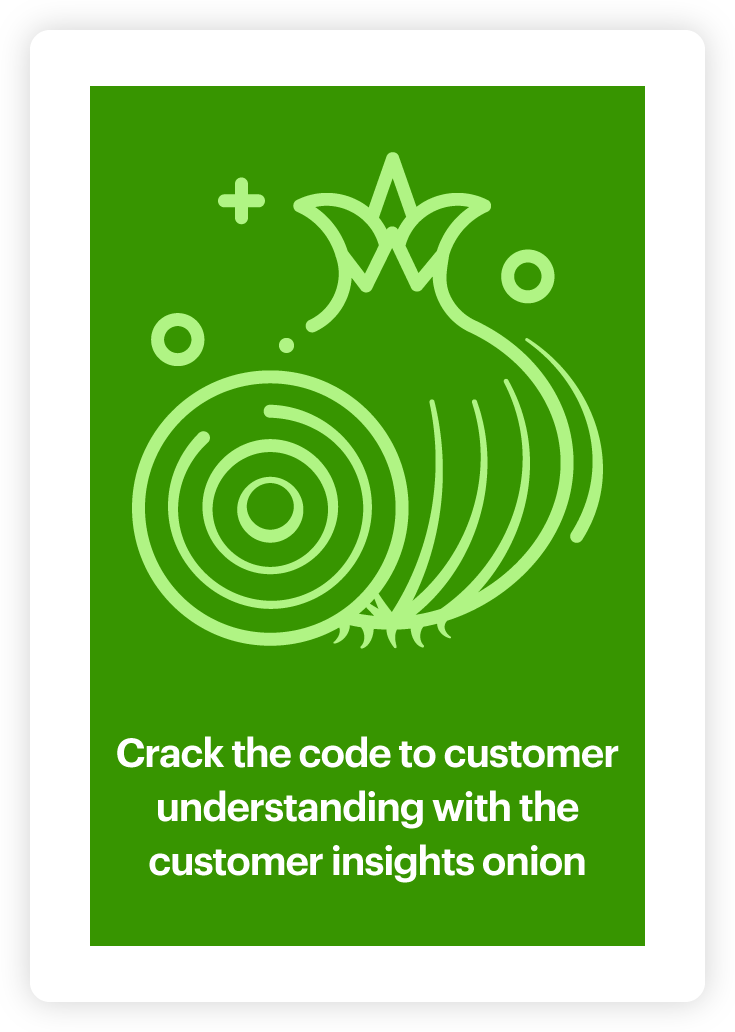Understanding customer data and improving CX with Relative Insight

Great customer experience is essential for company growth. It leads to brand advocacy and loyalty – two customer behaviors that all brands strive for. Yet far too often, customer data suggests they are underwhelmed.
In today’s world, it’s crucial to know what your customers want. Brands need to understand customer opinions about a product, brand or service, and to invest in exceptional customer service.
Many customer-centric businesses place a huge emphasis on quantitative, structured data as a means of analyzing the customer journey. Whether that’s through a Net Promoter Score (NPS), Customer Effort Score (CES) or Customer Satisfaction Score (CSAT), it’s often easier and quicker for brands to track and measure quantitative data.
However, these metrics only capture part of the picture. There is a sea of untapped insights within your customer language data that are waiting to be uncovered through comparative text analysis. It is in the language data that you understand the key points of concern, views and emotions of your customers.
In other words, if the quantitative data tells you that customer satisfaction is up or down; the language data tells you why this has happened and understanding why is key to taking effective action.
Using comparison to get more out of your customer data
At Relative Insight, we believe that customer experience can’t be reduced to a single number or score. Instead, we advocate for leveraging unstructured language data as a goldmine of customer insights.
Our technology uses language comparison as a strategic way to analyze text data. Depending on the business problem being answered, data can be sliced, diced and compared in a multitude of ways to ensure you get the most valuable insights out of your language data. In the context of customer experience, this is where Relative Insight can help:
Understanding drivers of customer satisfaction
Analyzing support transcripts, surveys and reviews can reveal drivers of customer satisfaction and improve the training of your customer-facing teams. By comparing language from five-star reviews to one-star reviews or looking at what drives a positive NPS score in comparison to a negative one, Relative Insight unearths invaluable insights that can improve customer satisfaction across the board. In doing so, you can transform detractors into promoters in the process.
Training customer service teams
Delivering exceptional service to customers in their moments of need is essential for customer loyalty and satisfaction. By analyzing contact centre and live chat transcripts, Relative Insight can help you identify the language used by high-performing customer care agents which can then shape your CX strategy. Applying comparative text analysis to this data enables you to discover the exact words and phrases that correlate to positive customer interactions. These language insights can then be used to inform training and call scripts for contact centre employees.
Optimising the sales process
CRM systems contain vast amounts of language data, but these emails and notes are rarely analyzed in a substantive way. Through comparative text analysis, Relative Insight can analyze email correspondence and CRM notes to reveal the language used by customers and sales teams that correlates with customer loyalty, successful upsells or an increased likelihood of churn.
Informing product development
Improving the experience of using your product is the most reliable way to improve the customer experience. By analyzing customer reviews, open-ended surveys and social media conversations, you can understand what people like and dislike about your product. These insights make it easier for you to address customer pain points and fix issues with the product itself.
Analyzing trends over time
Comparative text analysis transforms messy language data into actionable insights, adding an extra layer of analysis to your customer experience metrics. If you have recently made adjustments to your customer service and sales process, Relative Insight can help you measure the impact and effectiveness of your actions by running time-based comparisons to understand changes in customer feedback.
Why you need Relative Insight
Powerful insights emerge through language comparison and text analysis that can steer a business in the right direction and ultimately improve the customer experience. Language insights provide a 360-degree view of the customer’s mindset, enabling you to tap into your audience’s thoughts and opinions to ensure you meet their needs.
If you’d like to see our technology in action, or you’re wondering how you can level up your CX strategy, get in touch with the team and take a look at more customer insights examples to put the platform through its paces.
